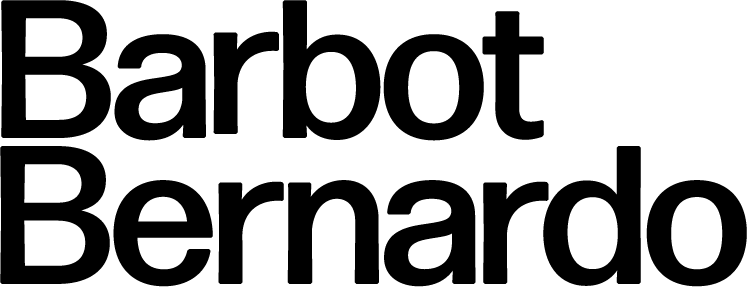The Same but not the Same: starting a new chapter of our community learning programme in Vinhais
Words: Miguel Barbot. Photos: Alice Bernardo
Is it possible to foster generational transition and bring new and contemporary values to popular culture?
We are back at our beloved Vinhais, one of the most remote and mysterious places in Portugal, for a new community learning project called "Viver Mais e Melhor".
"Viver Mais e Melhor" is a follow-up for our 2021-2023 "Cultura para Todos" initiative, when we first piloted a community learning methodology that we are now adopting in other projects at both the national and European levels.
Cultura para Todos em Vinhais was, and still is, a landmark project for us here at Saber Fazer and Barbot Bernardo.
The challenges we first proposed to our partners in the city council, back in 2021, were simple:
How to build a viable future for Craftspeople, looking not at the past, but at the very present?
How can craftsmanship be used to create new products and add value to intangible heritage, such as the "Entrudo" solstice tradition marking the end of Winter (think masks, cowbells, bonfires)?
How to empower women to have a central role in these traditionally male festivities?
Is it possible to foster generational transition and bring new and contemporary values to popular culture?
The solstice festivals involving masked men, shared by many different places in Europe, including the Portuguese North-Eastern region, are of significant cultural importance and of growing interest.
The "Caretos" tradition has significant, if not central, cultural and economic value to the identity of the Vinhais region. This project, through an exhaustive study of local textiles, enabled the documentation of the local weaving patterns used to create the costumes. The Vinhais costumes are distinctive, made from old woven wool blankets and throws.
Researching the weaved heritage
Due to a resurgence of this tradition, growing tourist interest, and the preservation of old textiles as heirlooms, the available stock for new costumes is scarce. This situation has led to the outsourcing of materials for new costumes, including blankets from other regions and synthetic fibres.
One of the first activities in the project was researching the traditional weaving patterns in Vinhais.
We went door-to-door to collect textiles, and with the support of the city council team, we contacted museums and collectors to gain access to the textiles. Guida Fonseca, Fernando Rei, and Alice Bernardo carefully analysed them and then registered the patterns, creating technical drawings that were compiled into a book published by Saber Fazer and are available for free at the Saber Fazer online shop.
As part of the research, Fernando weaved samples that later were showcased in the project final exhibition.
The Vinhais Weaving Patterns workbook published by Saber Fazer
Weaved samples produced as part of the research.
The central activity in this project (and in the one we are currently starting), was training a group of educators and informal leaders working with the local communities to establish a foundation of essential technical knowledge in the region, focusing on areas such as wool and fibre preparation, weaving, felting, and natural dyeing.
After several months of mentoring and technical support, the new educators organised various learning activities in their communities, and a good part of them are now working regularly and applying this knowledge, if not professionally, as a hobby.
The masks made by Romeu Fernandes, a young craftsman from Ousilhão. Although not directly related to our project, the photos highlight the growing interest of a new generation of craftspeople in the local folklore.
Training the trainers (trainers from left to right: Fernando Rei, Guida Fonseca, Ana Rita de Arruda. Final Exhibition: the project results, research, tools and methodological approach were showcased at the Vinhais Cultural Centre .
Our student Sandrina Fernandes. She is a high-school teacher, a talented mask-maker and now a weaver.
Good news for everyone taking part in the new project.
In the Cultura para Todos project we had to lend most of the materials and equipment, something that proved not being the ideal long term solution. This equipment was available in a dedicated venue during the project, but just a few of the participants had the opportunity to aquire their own tools.
When designing this new project, we proposed the creation of a new materials and tools library for the community and the city council provided a beautiful building in the historic centre. The library will be fully equipped to provide trainers and apprentices with tools, materials, and knowledge resources, and will be the "base-camp" for our training activities.



























